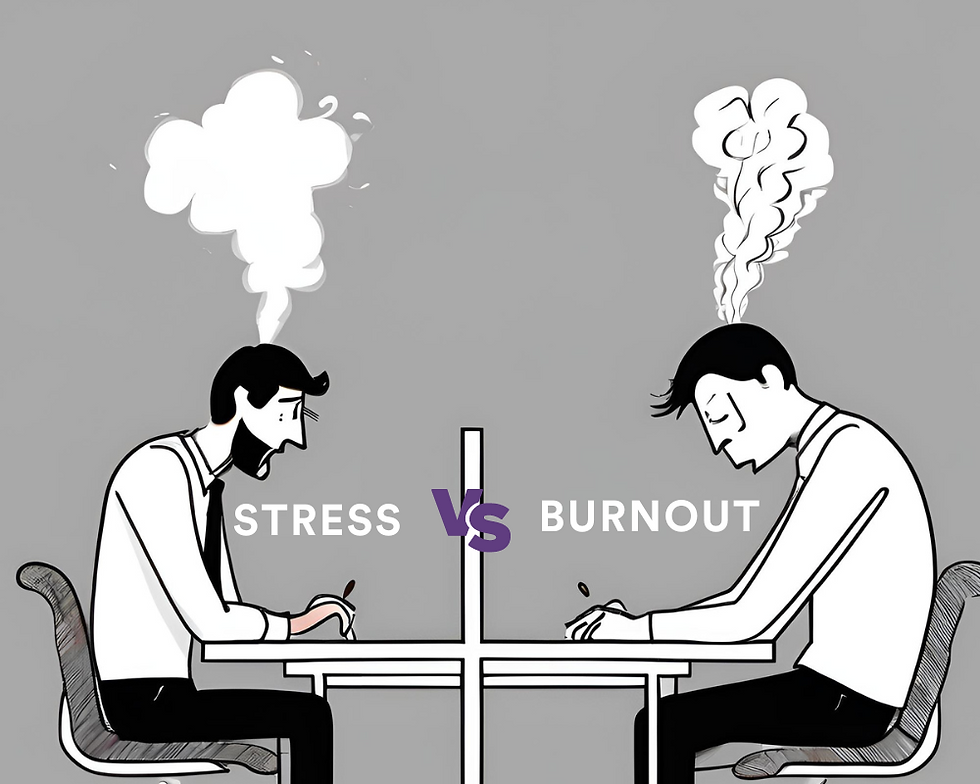The Power of Mindful Movement in Meditation
- WuQi

- Jul 21, 2024
- 2 min read
Meditation can arise from contemplation and inquiry, as we explore our true nature by examining our needs, thoughts, and emotions. However, sitting still for extended periods can be challenging, and it's common to feel uneasy or restless. This is where mindful movement can come into play.
By allowing ourselves to move freely, we can maintain an intuitive and effortless state. Observing our thoughts and emotions, as well as the mind's tendency to analyse itself, helps us stay in a flow state and avoid interrupting our consciousness.
During meditation, it's completely fine to move and fidget as needed, breathing naturally and noticing the space between thoughts. Even embracing some tension can be beneficial, as it increases body awareness and then we can release it with a sigh.
For many, including me, sitting still in traditional postures like lotus or half lotus may not be possible. Instead, alternatives like crisscross, seizer, and butterfly positions can offer adaptability and temporary comfort. As our spine aligns we can cultivate awareness and breath slowly and gently so that kundalini energy rises up the spine. The goal is to elevate our vibration and connect with our chakras, leading to a sense of balance and harmony.
By focusing on each chakra and chanting specific sounds we can align our energy and balance our emotions and thoughts. Known as Om Japa, this practise activates subtle energies in the body through the frequencies of sound.
Yogis who connect with Brahma, acknowledge a transcendental reality that opens one up to unconditional love and bliss. One may meditate for extended periods, but this doesn't mean we necessarily need to abandon our daily lives in the lower realms. Instead, mindful movement and meditation can be incorporated into our daily routine as a means of spiritual growth and self-discovery.




Comments